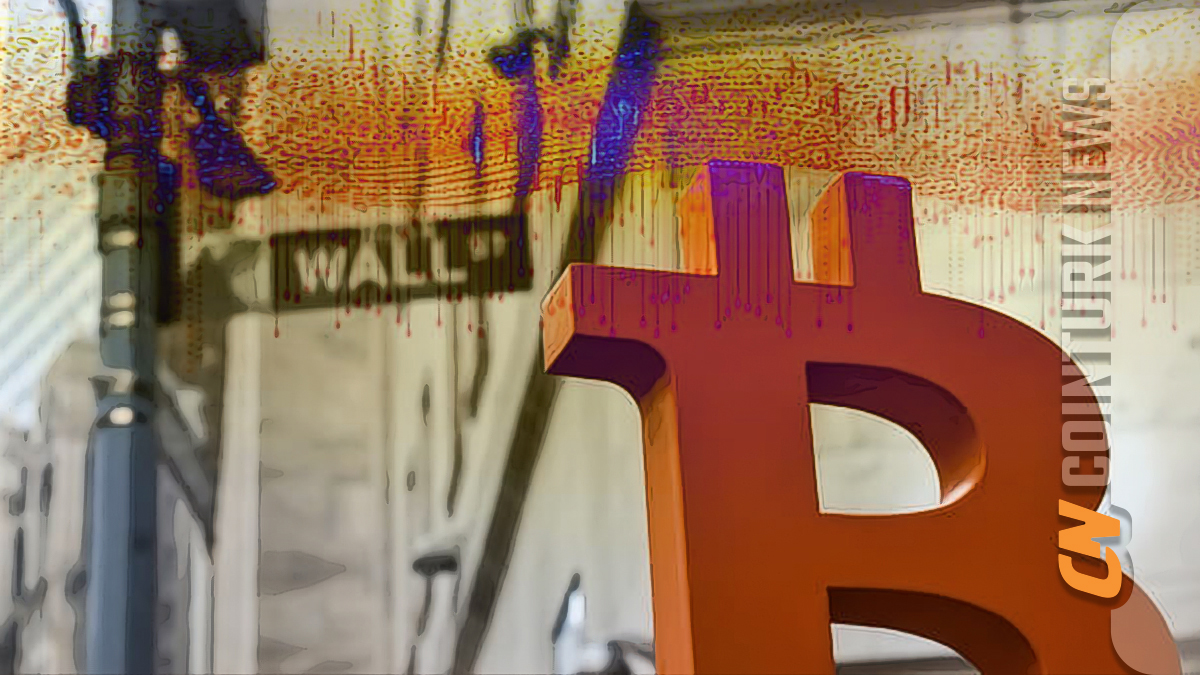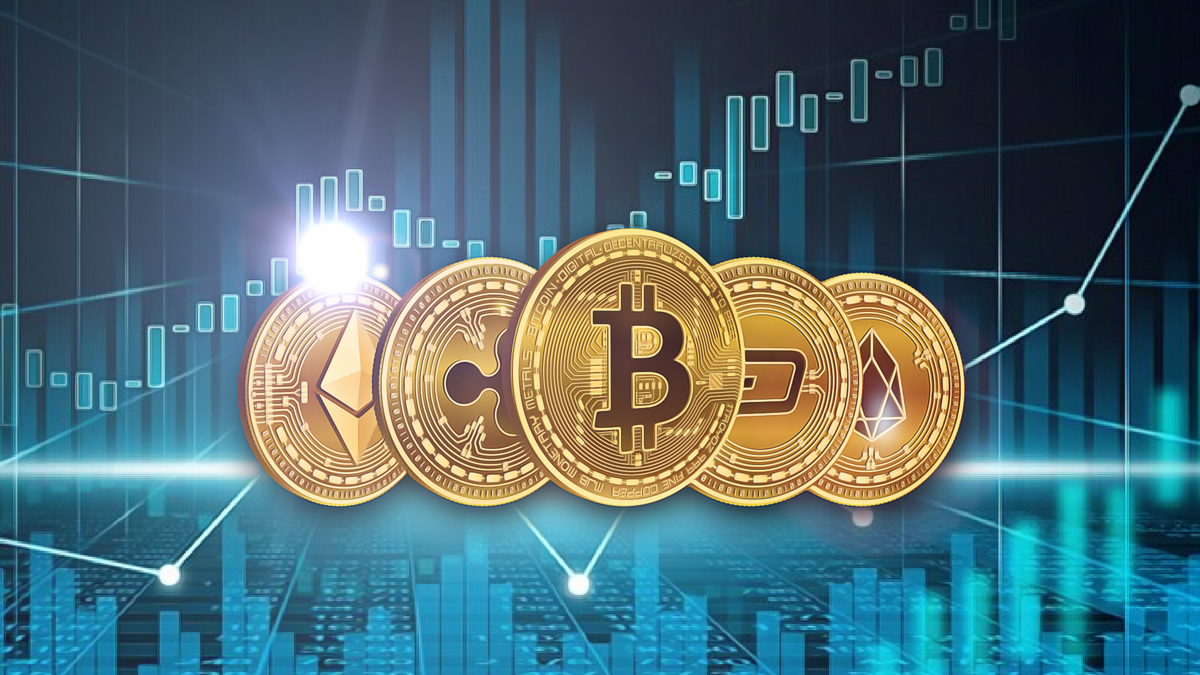With the optimistic trend in the cryptocurrency market, notable developments continue in blockchain networks. Accordingly, developers behind the Layer-1 network BNB Chain, supported by Binance, announced their intention to merge the dual BNB Beacon Chain (BEP2) and BNB Smart Chain (BEP20) structure into a single blockchain ecosystem.
How Will the Process Continue?
According to the January 8 announcement, users are strongly advised to transfer their BEP2 and BEP8 (mini BEP2 assets) to the BEP20 ecosystem, which will maintain assets at a 1:1 ratio. The transfer can be made through centralized and decentralized exchanges or via BNB Chain Wallet and other Web3 wallets. A provisional deadline for BNB Chain Fusion has been set for April 2024.
Users who do not bridge their assets by the deadline can do so later using an old feature. However, after the fusion, users will need to wait up to seven days to recover their BEP2 assets; there is no user interface for recovery, only a command line prompt. In addition, developers warned that BEP2 tokens withdrawn without cross-chain support will not be eligible for recovery after the merger:
“Failure to create cross-chain functionality for these assets before the BNB Beacon Chain is disabled will result in irreversible losses without any chance of recovery. Actively participating in this process is vital for the protection of your assets.”

Noteworthy Statement on the Merger
Binance introduced its native token BNB to users in July 2017. BNB BEP2 is currently used to collect transaction fees for powering ecosystem transactions, while BEP20 assets have smart contract functionality similar to ERC-20 assets.
Developers stated that with the rapid evolution of BSC, the Beacon Chain has become a burden, and the current dual chain structure has slowed down development iteration with the constant need for bridging, exposing the BNB network to security vulnerabilities. Following these noteworthy statements, there is keen anticipation for what kind of ecosystem design the developers will present to the users.

 Türkçe
Türkçe Español
Español








